Table of Contents
Top Rated items in this list as voted by talkKs Readers
- Rosetta Stone : 4 votes
- Kohinoor : 3 votes
- Maqdala Treasures : 2 votes
The colonial era of the British Empire is marked by a dark history of exploitation and plunder of cultural treasures of other countries. The British Empire colonized many countries around the world, including India, Sri Lanka, Ghana, Kenya, Tanzania, Uganda, Zimbabwe, South Africa, Australia, New Zealand, and many others. Unlike turko-mongols, British and French colonial conquests are non-military in nature and mainly involve strategies around exploiting ethnic conflicts in a region or territory. The British empire made most of its wealth by smuggling opium to China. As the Empire’s wealth grew, it began to expand its reach. It carried out a systematic campaign of looting and theft, seizing precious cultural artifacts from its occupied colonies, some of which were even destroyed in the process. These artefacts were often taken as trophies of conquest and brought to Britain, where they became prized possessions of royals, collectors and institutions. These artefacts were often taken without the consent of the local population or the government.
Although most colonized countries have gained independence from the British, the cultural artefacts taken during colonial rule still remain in British museums and private collections. In fact, over the years, British museums have amassed an unparalleled collection of cultural heritage from around the world.
The retention of these artefacts has been a source of controversy and tension between the British government and the governments of the countries from which they were taken (like India). Many argue that these cultural treasures are an integral part of a nation’s heritage and that their return is essential to restore just bilateral relations with affected countries. Efforts to repatriate these cultural artefacts have been ongoing for many years, with various campaigns and initiatives launched by both government officials and civil society organizations. However, progress has been slow, and many of these artefacts remain in British collections, leaving a bitter legacy of the colonial era and the exploitation of other countries’ cultural heritage. This article will explore some of the most significant cultural artefacts that were stolen by the British Empire.
Use Up/Down vote buttons and comment section under each list item to tell us your opinion and rank these based on your preference.
-
1 Rosetta Stone

The Rosetta Stone is an ancient Egyptian artefact with inscriptions in various languages and scripts. The upper and middle texts are in Ancient Egyptian, written in hieroglyphic and Demotic scripts, respectively, while the lower text is in Ancient Greek. Discovered near the town of Rosetta (Rashid), about 35 miles (56 km) northeast of Alexandria, the stone is irregularly shaped and made of black granite, measuring 3 feet 9 inches (114 cm) in length and 2 feet 4.5 inches (72 cm) in width.
In August 1799, a Frenchman named Bouchard discovered it. Following the French surrender of Egypt in 1801, the Rosetta Stone came into the possession of the British and is now housed in the British Museum in London.
-
2 Kohinoor

The Kohinoor diamond, weighing 105.6 carats, is one of the largest cut diamonds worldwide. Its first verifiable historical record appears in Muhammad Kazim Marvi's history of the 1740s invasion of Northern India by Nader Shah. Marvi writes that Nader Shah looted the Kohinoor, among many other precious stones, from the Mughal Peacock Throne in Delhi. The diamond then exchanged hands between different empires in South and West Asia until it was given to Queen Victoria after the annexation of Punjab by the British East India Company in 1849.
Upon its arrival in the UK, the Kohinoor diamond has exclusively been worn by female members of the British royal family. Queen Victoria adorned the stone in both a brooch and a circlet. Following her death in 1901, it was set in the Crown of Queen Alexandra. The diamond was then transferred to the Crown of Queen Mary in 1911 and later to the Crown of Queen Elizabeth, The Queen Mother, in 1937 for her coronation. Presently, the Kohinoor diamond is on public exhibit in the Jewel House at the Tower of London.
-
3 Maqdala Treasures

The Maqdala treasures are valuable artefacts, including a gold crown from the 18th century that was seized by the British Army in 1868. The British Museum holds roughly 80 items from Maqdala, formerly called Amba Mariam. The collections include ceremonial crosses, chalices, processional umbrella tops, weapons, textiles, jewellery, archaeological material and tabots - sacred objects within the Ethiopian Orthodox tradition. Objects from Maqdala are featured in both permanent and temporary displays at the Museum's galleries.
-
4 Bronze Head of Queen Idia

The Bronze Head of Queen Idia is believed to be a commemorative bronze sculpture from medieval Benin that likely portrays Idia, the mother of Oba Esigie. The sculpture depicts a young woman from the Benin court wearing a high-pointed ukpe-okhue crown made of lattice-shaped red coral beads. It was created at the Benin court in the early 16th century using the lost wax casting technique. After the Benin Expedition of 1897-1900, many works of art from Benin were sold in the European art market. There are four known cast bronze heads of Queen Idia, all of which are now housed in the British Museum in London.
-
5 Akan Drum

The Akan Drum, originating from West Africa, was uncovered in the Colony of Virginia in North America and is now considered the British Museum's oldest surviving African-American artefact, as well as potentially the oldest surviving drum of its kind. The drum serves as a reminder of the transatlantic slave trade that involved all three continents and transported approximately twelve million individuals across the Atlantic Ocean. Exhibited in Room 26, the North American gallery of the British Museum, the drum is crafted from two types of sub-Saharan African wood: Baphia and Cordia africana.
-
6 Amaravati Marbles

The Amaravati Marbles are a collection of 120 sculptures and inscriptions housed in the British Museum, originating from the Amaravati Stupa located in Amaravathi, Guntur in the Indian state of Andhra Pradesh. These sculptures are primarily in relief, with many of them depicting scenes from the Jataka tales, a body of literature that narrates the past lives of Buddha. The collection is sometimes referred to as the Elliot Marbles due to their association with Sir Walter Elliot, who had them transported from the site to Madras in the 1840s. The British Museum acquired the Amaravati Marbles in the 1880s.
-
7 Benin Bronzes

The collection of sculptures and plaques known as the 'Benin Bronzes' is a magnificent array of brass and bronze artworks. These include intricately designed cast plaques, commemorative heads, animal and human figures, royal regalia, and personal ornaments, all of which originated from the West African Kingdom of Benin, now a part of Nigeria. A significant number of the sculptures in the collection can be traced back to the 13th century, while a substantial portion of the collection is from the 15th and 16th centuries. However, from 1897 to 1960, Benin City was under British colonial rule. During this time, over 200 of these sculptures were looted by the British expedition and have since been held in British museums.
-
8 Great Star of Africa Diamond (Cullinan Diamond)

The Great Star of Africa, also known as the Cullinan Diamond, is a historic diamond that was discovered in 1905 in South Africa. It is the largest diamond ever found, weighing 3,106.75 carats. The diamond was named after Sir Thomas Cullinan, who owned the Premier mine where it was found. The Great Star of Africa was eventually cut into several smaller stones, the largest of which is the Cullinan I, a pear-shaped diamond weighing 530.2 carats. It is part of the British Crown Jewels and is set in the Sovereign's Sceptre with a Cross. The other stones cut from the original Cullinan Diamond are also highly prized and have been used in various royal and ceremonial jewellery.
-
9 The Bronze Head of Ife

The Bronze Head of Ife, a free-standing bronze sculpture created between 1200 and 1400 CE using the lost wax technique, was discovered in 1938 at Wunmonije Compound in Ife, Nigeria. It was found along with sixteen other brass and copper heads and the upper half of a brass figure. The elaborate beaded headdress of the sculpture suggests that it may have belonged to an Ooni, the ruler of Ife. The Bronze Head of Ife is now housed at the British Museum.
-
10 Kongo Ivories

The Kongo Kingdom in west-central Africa produced some of the most exquisite sculptural works known as Kongo ivories. These ivory sculptures were commissioned by the kingdom's chiefs and kings, who strictly controlled the valuable commodity. They were crafted for personal and courtly use and became highly sought-after as the transatlantic trade expanded, with ivory becoming one of the most valuable African natural resources. Eventually, Kongo ivory carvers began producing works not only for indigenous leaders and elites, but also for Europeans and other foreigners.
-
11 Luzira Head

The Luzira Head, or Mpanga Head, is a unique terracotta bust of a female figure found in Luzira, Uganda. Its nose is small, while the eyes and mouth are narrow and protruding. The forehead is marked with three cicatrices, and the hair is matted and drapes over both sides of the head. The original excavation revealed the tripod-shaped lower part of the figure, which is also hollow and made of baked clay, mirroring the head's construction. Estimated to be approximately 1000 years old, the sculpture is one of the earliest Sub-Saharan artworks discovered in Africa. The British Museum's ethnographic collection has housed the Luzira Head since 1931.
-
12 Benin ivory mask

The Benin ivory mask is a miniature ivory sculpture in the form of a traditional African mask, depicting Idia, the first Iyoba (Queen Mother) of the Benin Empire during the 16th century. The British looted the masks from the palace of the Oba of Benin during the Benin Expedition of 1897. The British Museum in London and the Metropolitan Museum of Art in New York City both possess nearly identical masks, both portraying the Queen Mother in a serene expression, wearing a beaded headdress, a beaded choker around her neck, with scarification on the forehead highlighted by iron inlay, and all framed by the flange of an openwork tiara and collar of symbolic beings, as well as double loops on each side for attachment of the pendant.
-
13 Ndop

The Ndop sculptures were figurative representations of the various kings of the Kuba kingdom. The sculptures typically depict the ruler holding a weapon, specifically an ikul or peace knife, made in the style reserved for the Bushoong, the dominant sub-group of the Kuba, in their left hand. Scholars believe that the tradition of creating "portrait statues" of kings began in the late eighteenth century. The sculptures were first collected by a colonial minister in 1909 in what was then the Belgian Congo, a European colony.
-
14 Sekhemka Statue

The statue of Sekhemka is an ancient Egyptian artefact that was donated to the Northampton Museum in the 1870s by the Marquess of Northampton. The statue, which dates back to the 5th dynasty and is slightly older than Stonehenge, depicts Sekhemka, the scribe, and his wife, Sitmerit. In 2014, the statue was sold at auction for £15.76 million, breaking the world record for the sale of Ancient Egyptian art. The sale was contentious and raised questions about the museum's ownership and the ethics of selling cultural artefacts.
-
15 Tipu Sultan’s Ring

Tipu Sultan's ring is a historic artefact that belonged to Tipu Sultan, the ruler of the Kingdom of Mysore in India in the late 18th century. The ring is made of gold, and the raised Devanagari script on it bears the name of the Hindu God Ram. It is believed to have been worn by Tipu Sultan himself, who was known for his military prowess and resistance against British colonialism. The ring was acquired by the British East India Company after Tipu Sultan's defeat in the Fourth Anglo-Mysore War in 1799.
The ring gained widespread attention in May 2014 when it was auctioned off by the renowned UK auction house Christie's for an unexpected amount of 145,000 pounds, ten times more than the estimated price.
-
16 Elgin Marbles/ Parthenon Marbles

The British Museum houses the Elgin Marbles, which is a collection of Ancient Greek sculptures taken from the Parthenon and other structures from the Acropolis of Athens by agents of Thomas Bruce, 7th Earl of Elgin, during Ottoman Greece and transported to Britain. Most of the sculptures were crafted in the 5th century BCE under the supervision of sculptor and architect Phidias. Between 1801 and 1812, Elgin's representatives removed approximately half of the surviving Parthenon sculptures, as well as sculptures from the Erechtheion, the Temple of Athena Nike, and the Propylaia, and brought them to Britain to create a personal museum.
The British Museum's possession of the marbles has been a source of ongoing international controversy. In 1816, a parliamentary inquiry in the UK concluded that Elgin had obtained the marbles through legal means. He subsequently sold them to the British government that same year, and they have since been under the trusteeship of the British Museum.

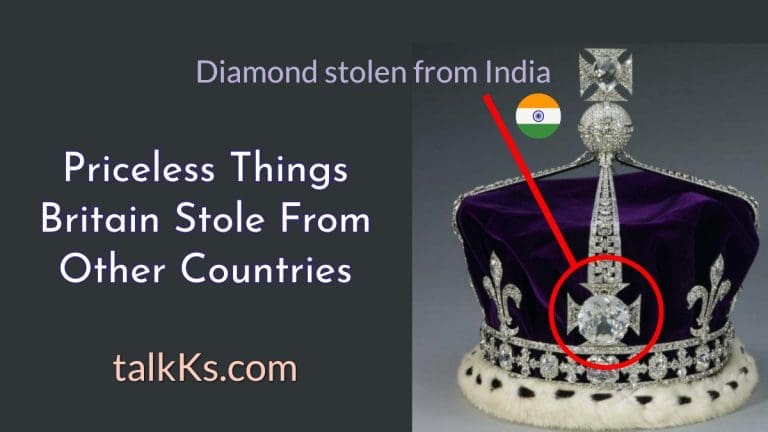
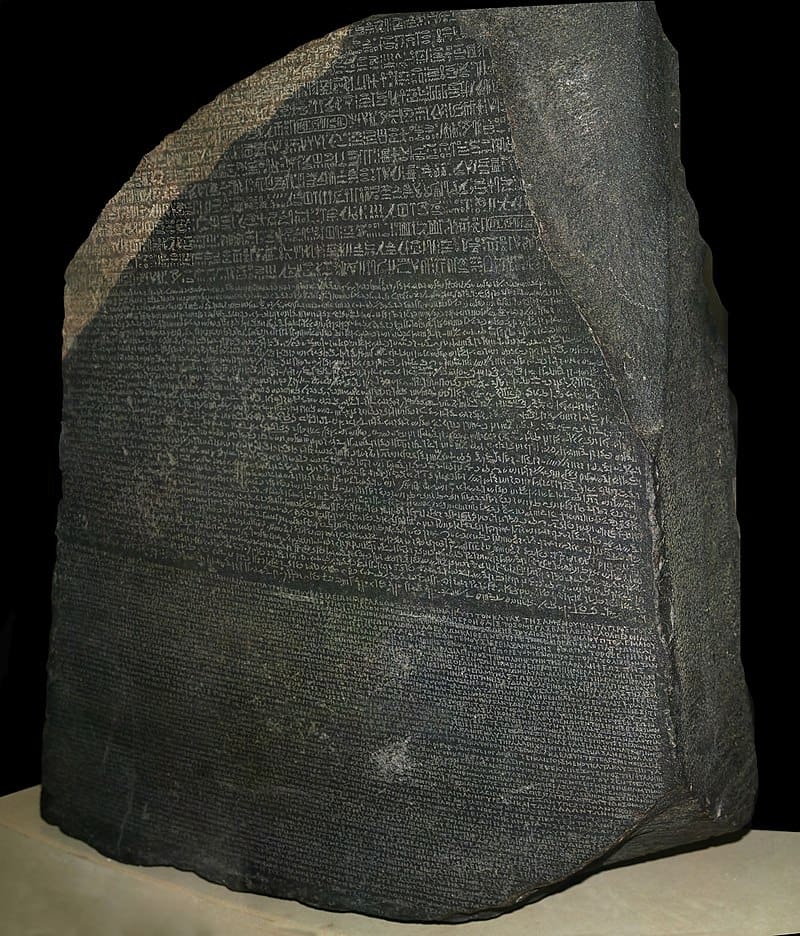

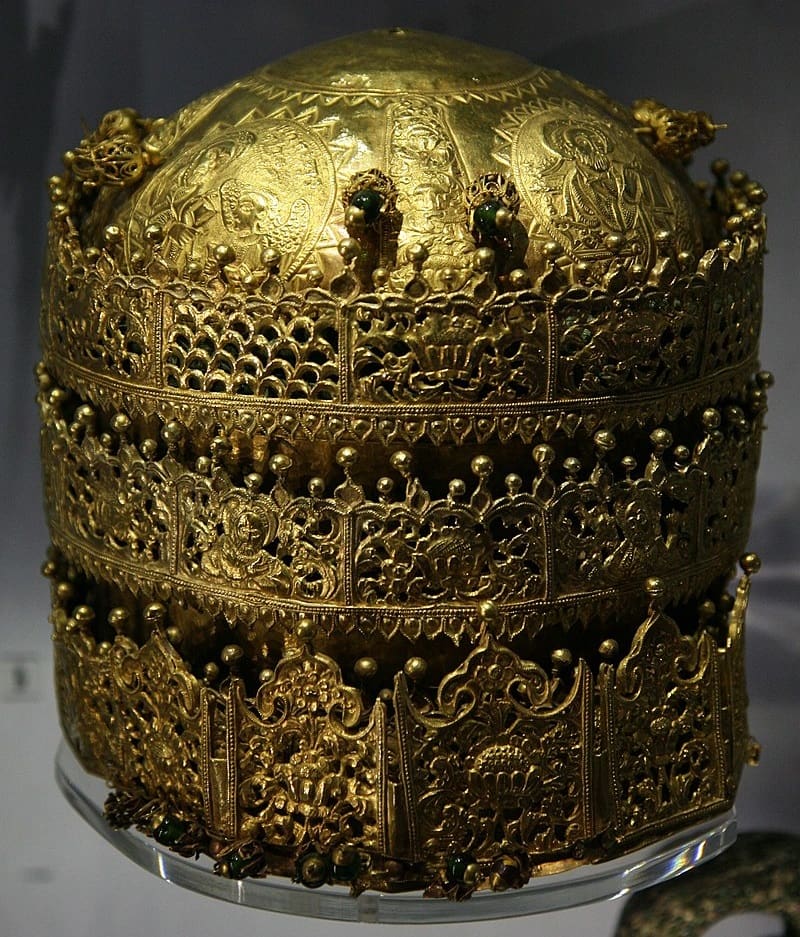

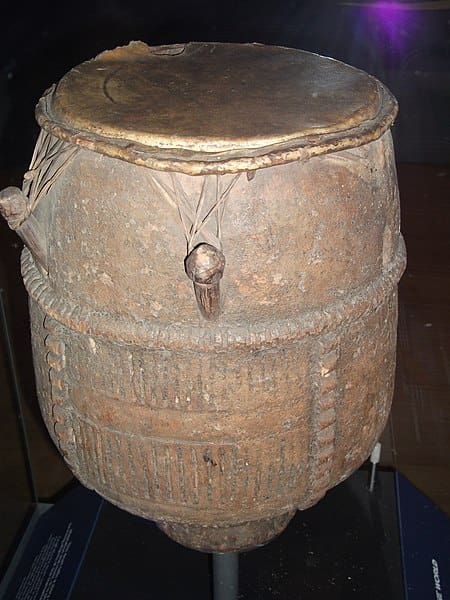

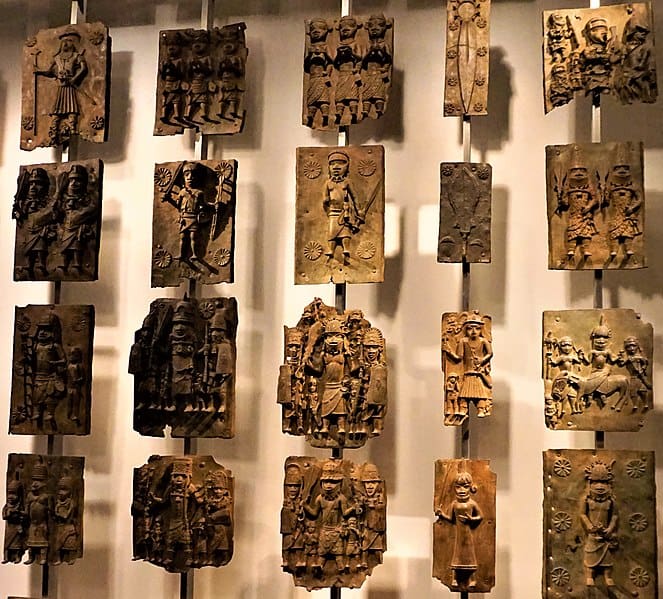
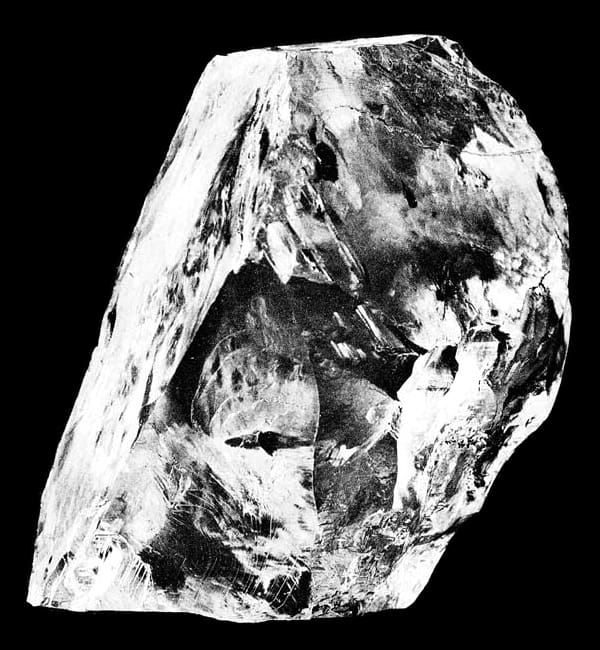
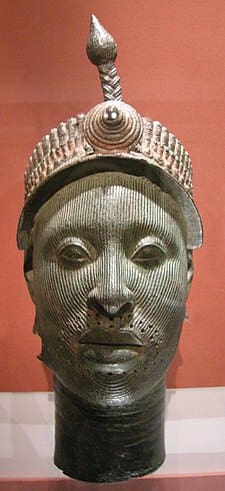
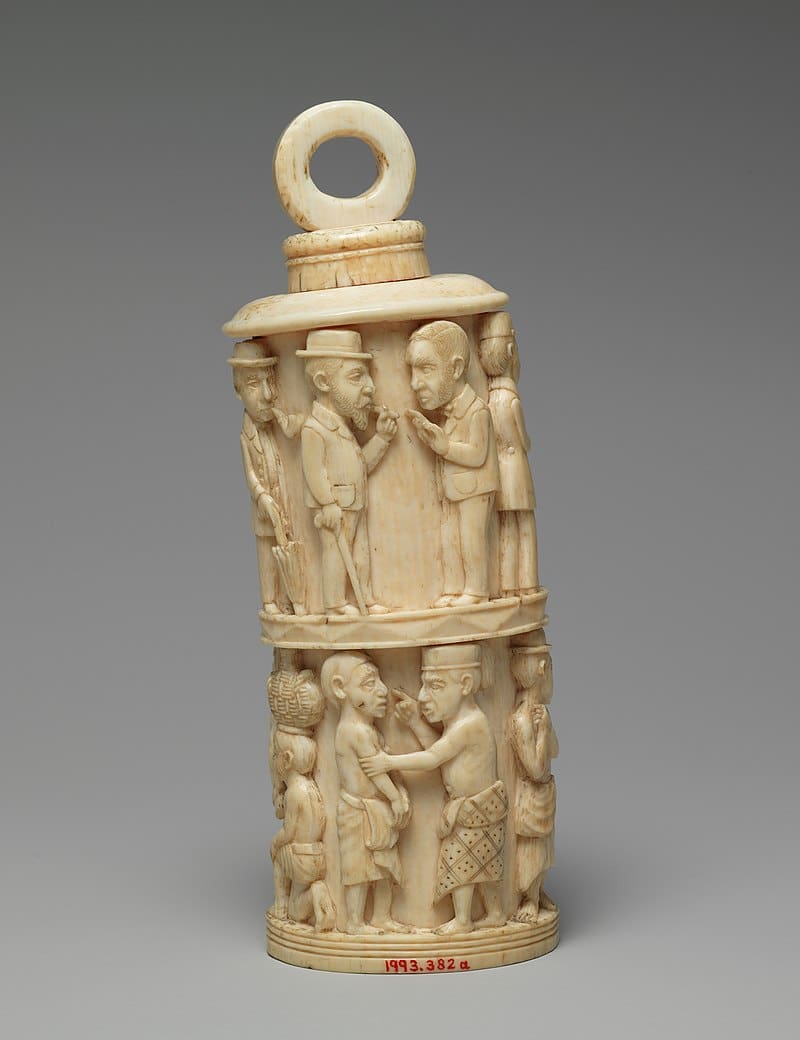
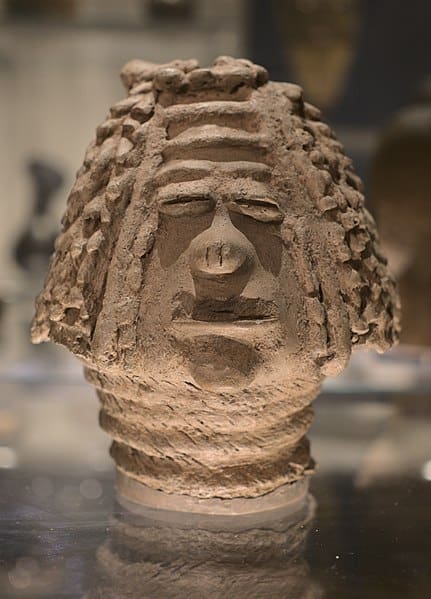
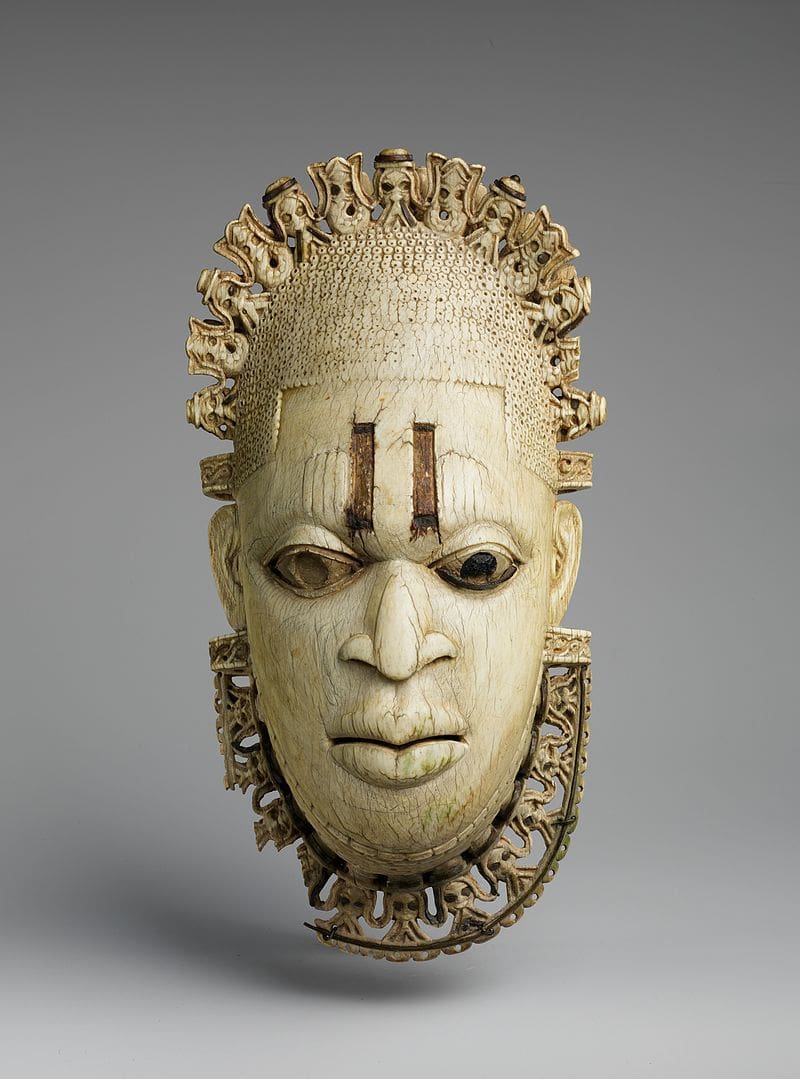

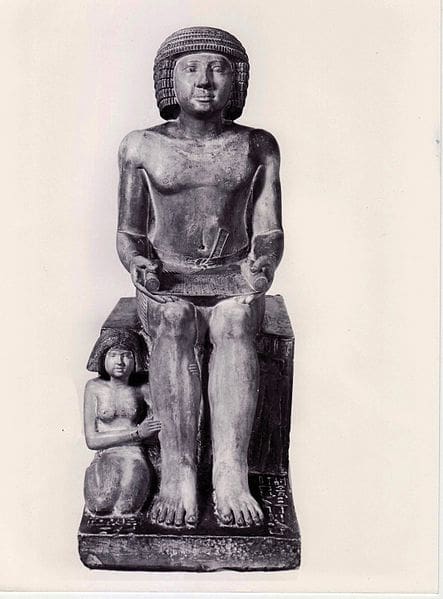







Comments 0